
[ad_1]
BMW R32
With Ian Falloon
Though BMW’s origins return to 1913, when Karl Rapp established an plane engine manufacturing unit in Munich, it wasn’t till a decade later that they produced their first bike. Since that point, BMW has produced singles, twins, triples, fours, and sixes, however the enduring format has been the boxer twin with shaft remaining drive.
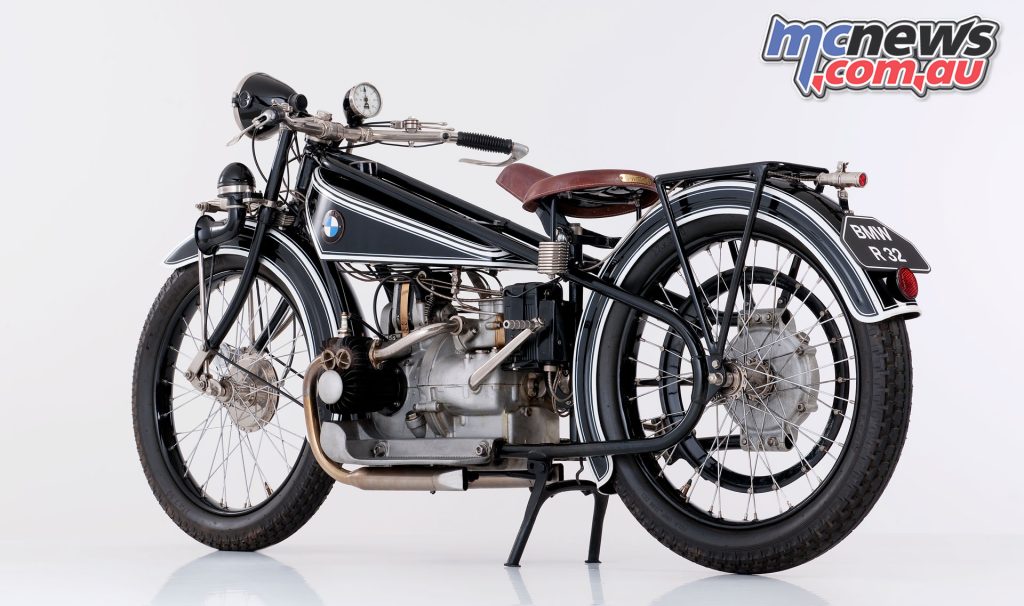
This has grow to be the trademark that defines the BMW bike and all of it started 100 years in the past, in 1923 with the R32. The R32 advanced from BMW’s current M2 B15 (2 for 2 cylinders and B for boxer) however because the rear cylinder tended to overheat on the M2 B15-powered Victoria and Helios, designer Max Friz determined to mount the engine transversely and including a shaft remaining drive, and Friz had the drawings accomplished by December 1922.
Though the 1919 English Sopwith ABC bike additionally featured a transverse twin-cylinder engine (with out shaft drive), Friz claimed he was unaware of the ABC on the time. ABC’s designer Granville Bradshaw later accused BMW of copying the ABC, however there have been too many element variations for this to be substantiated.
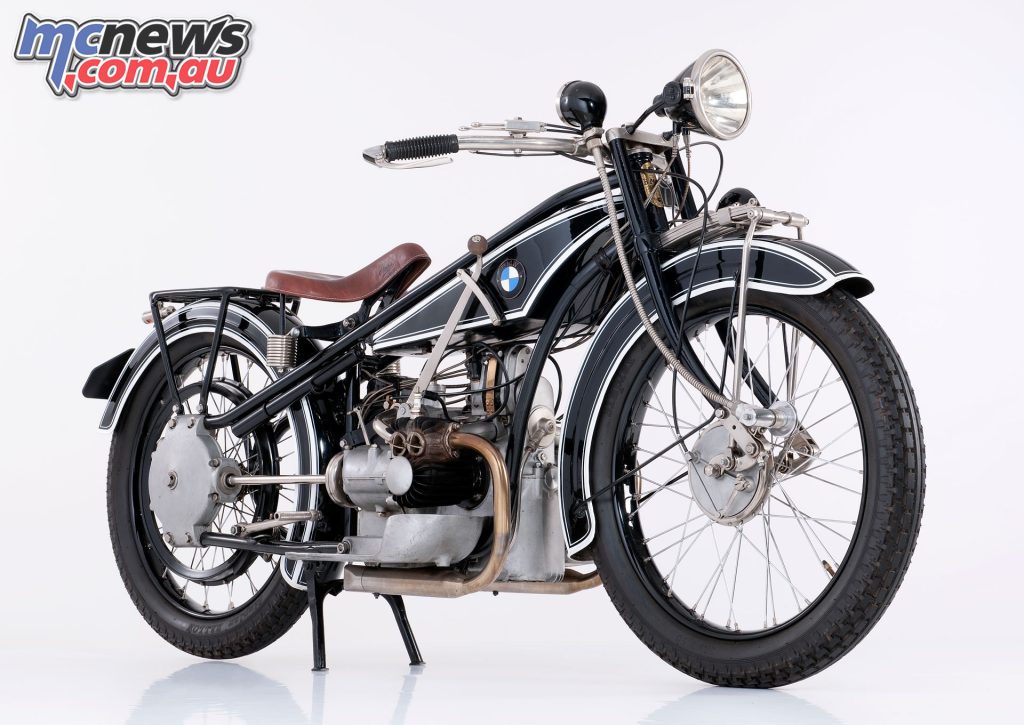
The R32 68 x 68mm side-valve engine had a low 5:1 compression ratio and with a single 22 mm BMW Particular carburettor produced a reasonable 8.5 horsepower at 3200 rpm. This was barely greater than the M2 B15, however whereas the ability output didn’t set the world alight, the R32’s design and execution was floor breaking.
Concentrating on reliability and ease of upkeep, the engine, together with the valve timing system, was totally encased. Because of the shaft remaining drive and inline crankshaft there have been no chains requiring adjustment so in comparison with different 500s the R32 was revolutionary. A hand lever operated the three-speed grease-filled gearbox, and the ignition was by a magneto generator through a somewhat difficult set of handlebar controls.
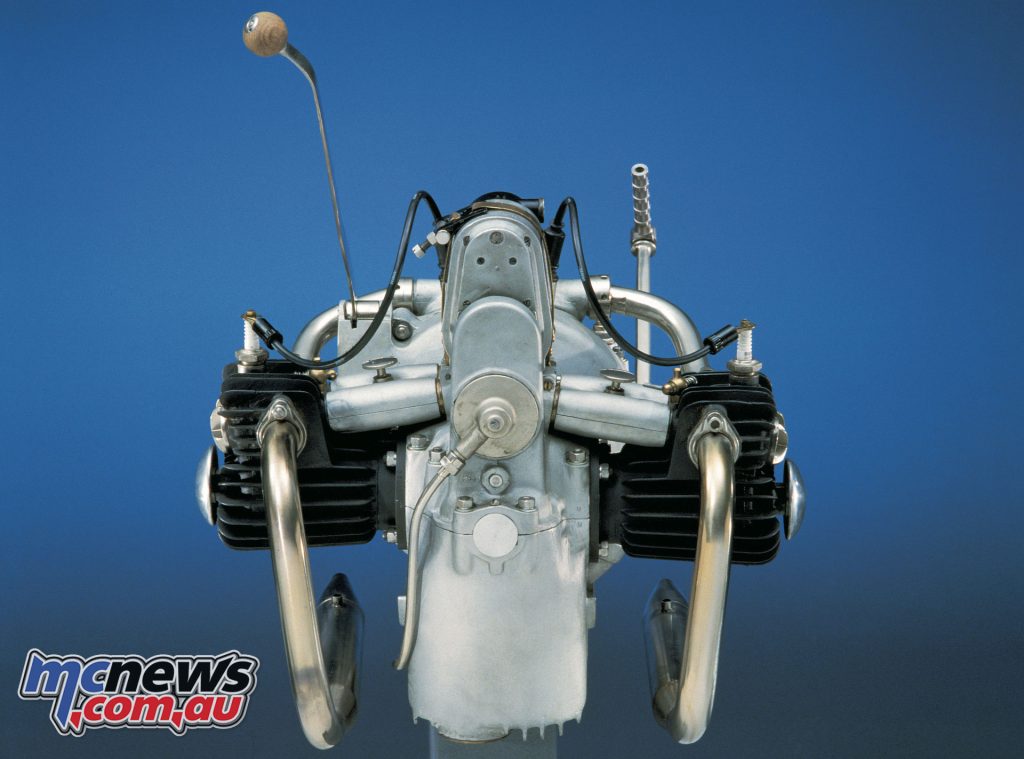
Friz put in this engine in a closed twin-loop tubular metal body, with the gasoline tank beneath the higher body tubes. The body was brazed and sleeved, however as the employees lacked expertise in brazing, fractures on the solder joints have been an issue till the introduction of pressed metal frames in 1929.
The entrance suspension consisted of a brief swinging fork with a cantilever plate spring beneath the steering stem. The inflexible body meant the driveshaft didn’t require a common joint, with a rubber disc a adequate shock absorber, Initially the one brake was a rear wheel block kind operated by the rider’s heel, however by 1925, a entrance 150 mm drum brake was launched.
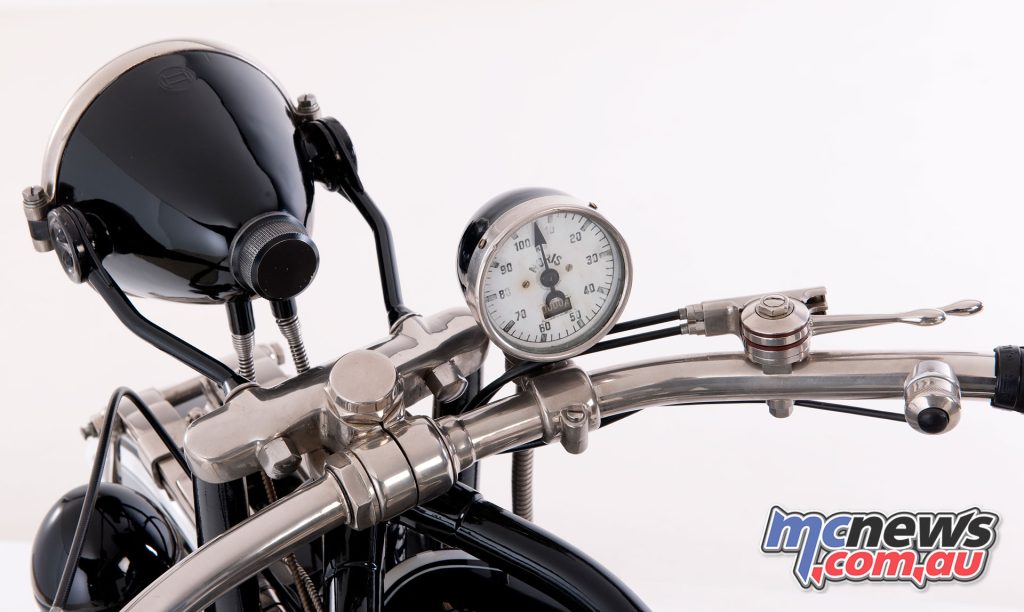
The R32 (R for Rad that means wheel however the 32 stays a thriller) was additionally surprisingly mild at 122 kg and provided a high velocity of round 90 km/h. The low centre of gravity, brief 1380 mm wheelbase and 26-inch wheels promised protected and manageable dealing with for a touring bike on the poor high quality roads of the day.
In Might 1923, Friz himself examined the R32, ending the “Fahrt durch Bayerns Berge” trial by means of the Bavarian mountains with out incurring any penalties.
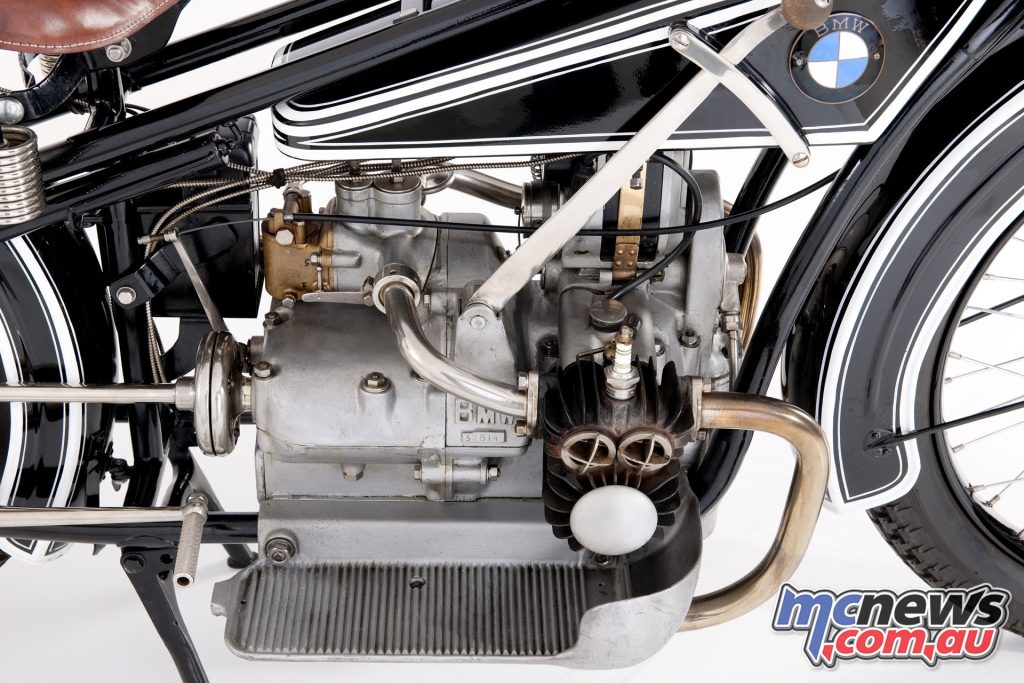
The R32 was launched at Berlin in September 1923, one month earlier than the Paris Automobile Present the place it was a star attraction, establishing BMW’s boxer-twin shaft-drive format. Regardless of its spectacular credentials the preliminary response to the R32 was blended.
Sceptics feared the engine could possibly be simply broken in a fall, others felt it underpowered, however nobody might deny the compact engine and transmission unit was an excellent design and superbly executed.
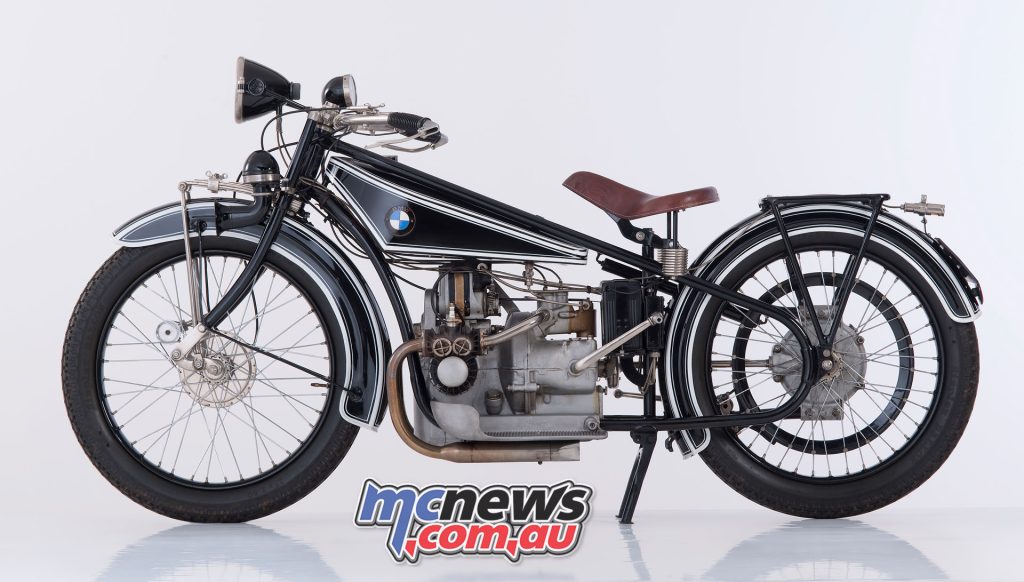
As vehicles have been for the rich few the bike market flourished in Germany in the course of the early Nineteen Twenties, BMW managing to promote 1500 R32s by the top of 1924, with gross sales totalling 3,090 by the point manufacturing completed in 1926. Most have been bought in Germany and it’s estimated solely round 60 survive in the present day.
Regardless of its modest specification the R32 was the founding father of the species and holds a particular place in BMW’s historical past, severe collectors contemplating it essentially the most fascinating BMW bike. The R32 was not solely the primary BMW bike and their first boxer twin, it established a components and DNA that has distinguished BMW bikes for 100 years.
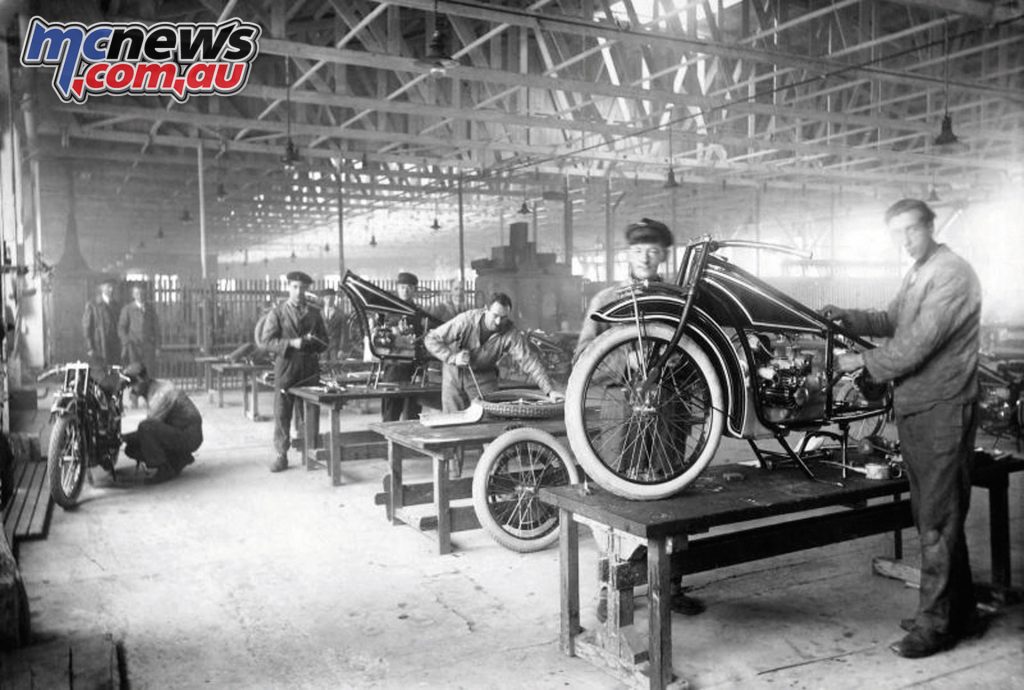
1923-1926 BMW R32 Specs
| 1923-1926 BMW R 32 | |
| Engine Designation | M2 B33 or M33a |
| Kind | 4-stroke, twin-cylinder, flat-twin |
| Bore x stroke | 68 x 68 mm |
| Displacement | 494 cc |
| Energy | 8.5 hp at 3200 rpm |
| Compression ratio | 5.0:1 |
| Valves | Facet valve |
| Carburetion | BMW Particular 22 mm |
| Gears | Three-speed |
| Ignition | Bosch magneto |
| Body | Twin-loop tubular metal |
| Entrance suspension | Twin cantilever spring |
| Rear suspension | Inflexible |
| Wheels | 26 x 2.50 |
| Tires | 26 x 3.00 entrance and rear |
| Brakes | 150 mm entrance drum (second collection) block rear |
| Wheelbase | 1380 mm |
| Dry weight | 122 kg |
| Numbers produced | 3090 |
[ad_2]
this Article is Supply FromSource link






